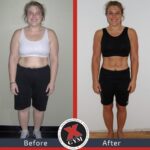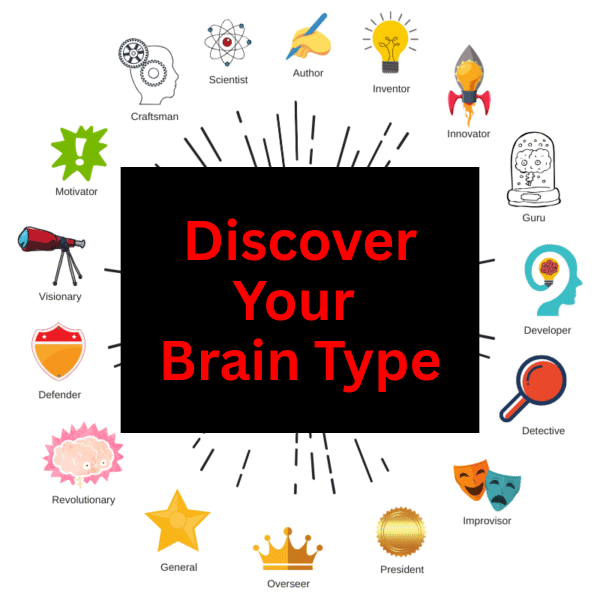Every time you move your body during exercise, something interesting happens inside. Your heart beats faster, lungs work harder, muscles stretch and tighten—all in response to what you’re doing. But how do you know if you’re on the right track with your workouts? That’s where exercise testing steps in. It gives a clear picture of how your body behaves during physical activity and what changes might be needed to reach your goals. Whether you’re just getting started or already deep into a regular routine, checking these progress markers offers valuable feedback you can’t get just by looking in the mirror.
August in Bellevue and Kirkland is perfect for getting serious about your health. With summer still in full swing, many people in the area are using this time to push through goals before the fall. Understanding how your body responds to physical challenges can help make summer workouts more productive and less frustrating. Accurate testing doesn’t just improve your performance. It also keeps you from wasting time and energy on methods that don’t really fit your needs.
How Your Body Responds to Exercise Testing
When you’re being tested during exercise, your body gives off signals that show how it’s reacting to the stress. These signals can say a lot about your current level of fitness and what your body might need more of.
Here are some common changes that happen during testing:
1. Heart Rate
Your heart pumps faster to deliver more oxygen to the muscles. A well-conditioned heart will not work as hard to do this.
2. Breathing Patterns
As the workout becomes tougher, breathing gets heavier. How fast your breathing shifts from calm to intense can be a sign of endurance.
3. Muscle Fatigue
The tired, burning feeling when muscles are pushed shows where endurance levels are and where improvements might be needed.
4. Sweat Rate
Your body’s ability to cool down is another indication of how well it handles stress. Sudden or heavy sweating can help a trainer understand your hydration needs and recovery time.
5. Post-Exercise Recovery
How quickly your heart and breathing return to normal is just as important as how hard your body worked during the effort.
These changes happen at different times for everyone. That’s why tracking the numbers during a test matters. It’s not about comparing people. It’s about understanding how your own body works. For example, two people can do the same run on a treadmill, but one might have a smoother heart rate pattern and better oxygen control. That individual would likely need a different training plan than the other.
Getting this kind of data makes it clearer where you’re strong and where there’s still room to grow. It also helps spot when your body is doing well but just needs small adjustments instead of a major change. That detail matters when you’re trying to stay motivated or if you’ve hit a wall with progress.
The Benefits of Exercise Testing
Fitness testing turns effort into progress by showing exactly what needs attention. It removes the guesswork and narrows your focus. Instead of trying everything and hoping something works, you follow a smarter path to better results.
Here are some key benefits:
1. Target Weak Spots
Whether it’s low cardio endurance or muscle strength, testing shows what areas need more work. This makes it easier to fine-tune your plan without wasting time.
2. Customize Your Workouts
No two people respond the same way to the same routine. The test results show what your body can handle and help guide your pace, intensity, and recovery needs.
3. Track Progress Over Time
Even small improvements show up on fitness tests. This builds motivation if you’re feeling stuck and helps prove your hard work is paying off, even when it might not feel like it.
4. Avoid Burnout or Discomfort
Some people push too hard without realizing it. Testing makes it clear when intensity is too high, helping to prevent future injuries or setbacks.
5. Get Clear Goals
Seeing real numbers gives a baseline. Whether you’re trying to run a longer distance or lift more weight, the results help you pick realistic goals and work efficiently to reach them.
Once your test is complete, the next step becomes easier. With those numbers in hand, trainers at your Bellevue and Kirkland fitness gym can create a plan that fits your body instead of relying on a one-size-fits-all approach.
Preparing for Exercise Testing
If you’re getting ready for your first fitness test or it’s been a while, it helps to be both physically and mentally set. Showing up prepared means you’ll get better data and keep the process smooth from start to finish.
Here are a few things to do ahead of time:
1. Get Good Sleep the Night Before
A well-rested body works better. Your heart rate and breathing reflect your normal baseline more accurately when you’re not running on low energy.
2. Avoid Heavy Meals or Caffeine Right Before
Large meals or strong coffee might affect your performance or throw off test results. Stick to light meals and give yourself some time to digest.
3. Hydrate Well
Water plays a big part in how your muscles and heart respond during a workout. Don’t wait until the last minute. Sip water steadily throughout the day.
4. Dress for Movement
Wear comfortable clothes that let you move freely. Athletic wear and supportive footwear are best, especially if cardio is a part of the testing.
5. Know What You’ll Be Doing
Talk to your trainer so you’re not caught off guard. If the test includes strength moves or flexibility checks, it’s better to know in advance.
6. Relax and Stay Calm
This isn’t a test you can pass or fail. It’s a tool for better understanding your body. Come in with a calm mindset and ready to learn.
If you’re based in Bellevue and Kirkland and testing on a warm day, the weather can also impact how you feel. Your body may already be working harder due to heat, so starting off rested and cool can help make your results more accurate.
Interpreting Your Test Results at a Fitness Gym
After testing, you’ll have a group of numbers: heart rate, VO2 max, flexibility, body composition, and endurance ratings. It might feel overwhelming at first, but each number plays a role in telling your story.
1. VO2 Max
This number shows how efficiently your body uses oxygen. A higher VO2 max means your heart and lungs are working well together. It’s a key piece for building a cardio plan.
2. Heart Rate Response
If your heart rate rises quickly or doesn’t return to normal as fast as expected, it might show you need to work on recovery or cardiovascular strength.
3. Body Composition
This ratio of lean mass to fat tissue can guide your nutrition or strength-training focus. It’s more revealing than just tracking weight.
4. Flexibility and Range of Motion
Tight muscles in certain areas can raise the risk of injury. Identifying them early helps shape warm-ups and prevent long-term issues.
5. Power and Endurance Results
These values reflect your ability to maintain effort or deliver short bursts of strength. They become useful in both everyday activity and sport-specific training.
Once a trainer in your Bellevue and Kirkland fitness gym matches the test results with your goals, the next steps become clearer. Whether it’s boosting stamina or correcting movement patterns, customized strategies help you move forward more effectively. One client noticed his cardio was strong, but ankle mobility was weak. By working on that single area, his lower body workouts became much more efficient.
Using Test Results to Enhance Your Fitness Journey
Once you understand the numbers, it’s time to act on them. Every result gives a clue about your next best steps.
Start by thinking about your goals. Maybe you want better energy, less pain, or to return to a sport you used to love. The testing helps carve a clearer path to make that happen.
You might:
– Switch a basic walk into heart rate-based interval training
– Add mobility exercises to target specific stiffness
– Adjust recovery times between heavy lifts or cardio rounds
Even if you’re consistent, your needs shift over time. Something that worked last winter may not be right now. Repeating exercise tests helps you predict and respond to those shifts, keeping your rhythm strong through seasons and life changes.
Understanding Your Body for Better Results
The most valuable part of exercise testing is learning what your body is telling you. The scores on the paper aren’t just measurements. They’re messages. When you know how to read and respond to them, you begin to tune into needs that were once missed or misunderstood.
You’ll get better at noticing small signs—tightness, sluggishness, ease of breath—and making simple decisions before those signals become setbacks. This prevents injury, improves recovery, and can even bring more enjoyment into your workouts.
Some weeks are perfect for full-on effort. Others are better suited for form corrections or lighter movement. Let the data back up your instinct. When you regularly test, listen, and respond, staying on track becomes far less of a struggle.
Progress isn’t always fast or obvious. But staying aware of your body’s changes and using that knowledge in a focused way makes it feel less like guesswork and more like growth.
Brain Training and Further Reading for Faster and Easier Results
PJ has written a Kindle Book about the mind-body fitness connection and has also designed customized brain training exercises for people who experience struggles, cravings, and mental blocks. These mental techniques literally rewire your brain, based on what makes sense to your unique brain type, discovered through his Brain Type Test. If you find yourself at a plateau or frustration point, one or both of these tools could be your breakthrough to faster, easier, and more permanent results.
Whether you’re taking the first steps or refining your routine, knowing your numbers from exercise testing sets you on the right path. At X Gym, we’re here to help you understand what your body needs. Get started by exploring our fitness gym, where you can experience targeted workouts that fit your unique capabilities. This journey brings the motivation and the progress you need to make lasting changes. Plus, our team can guide with insights from exercise results, aligning fitness goals with your personal style. Check out our 21-minute workout for an efficient, effective session that aligns with your objectives.









